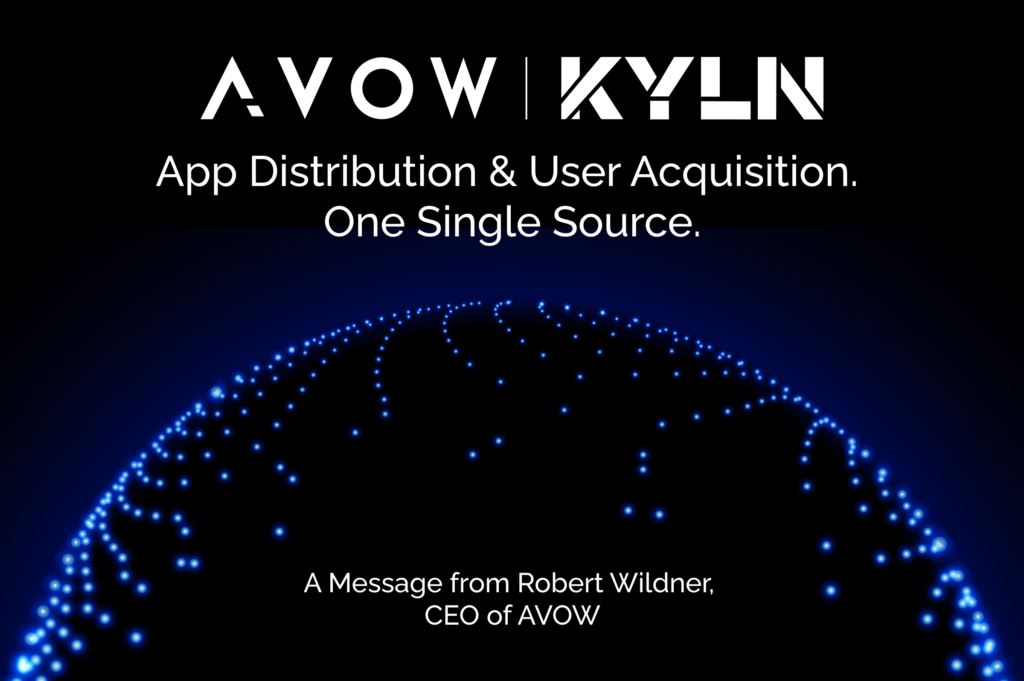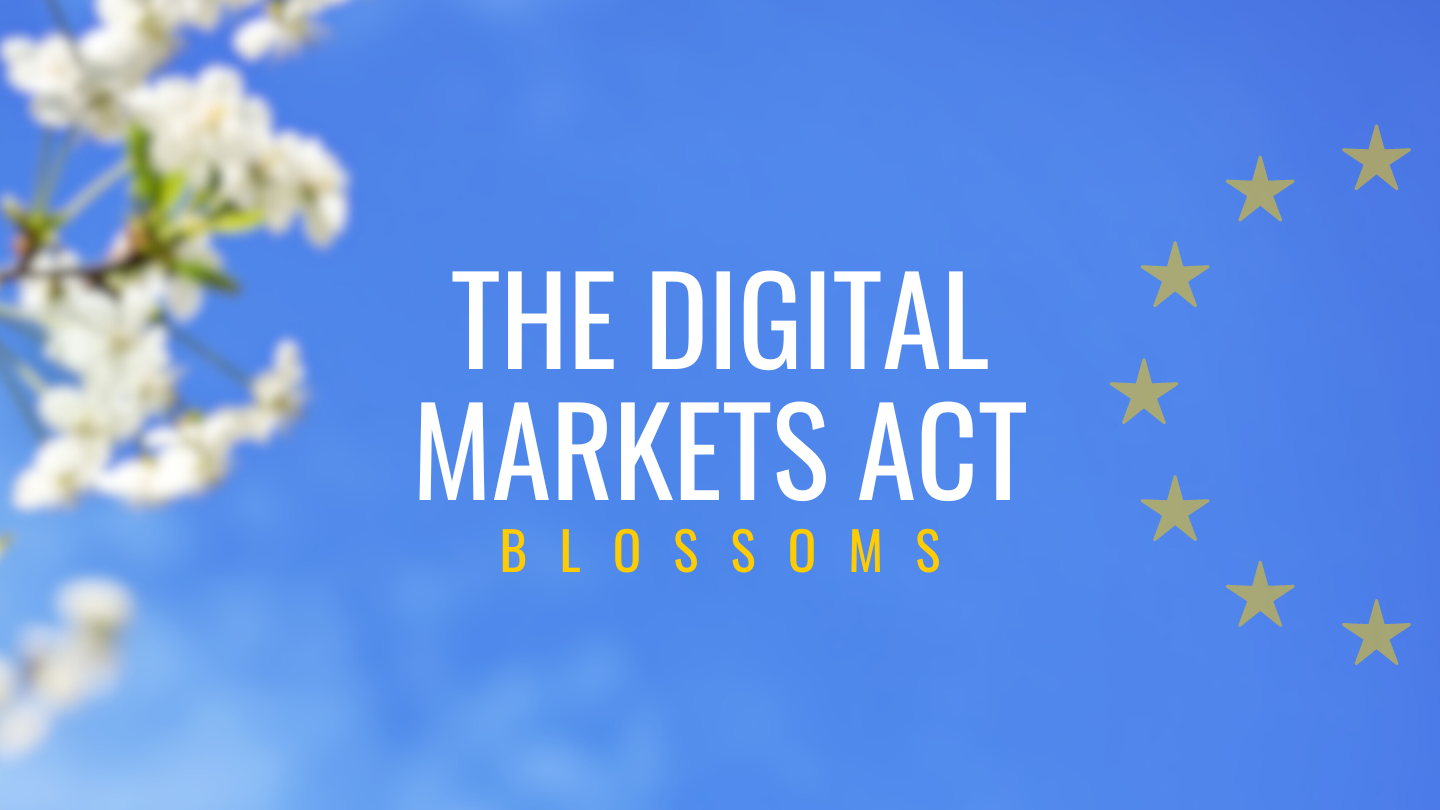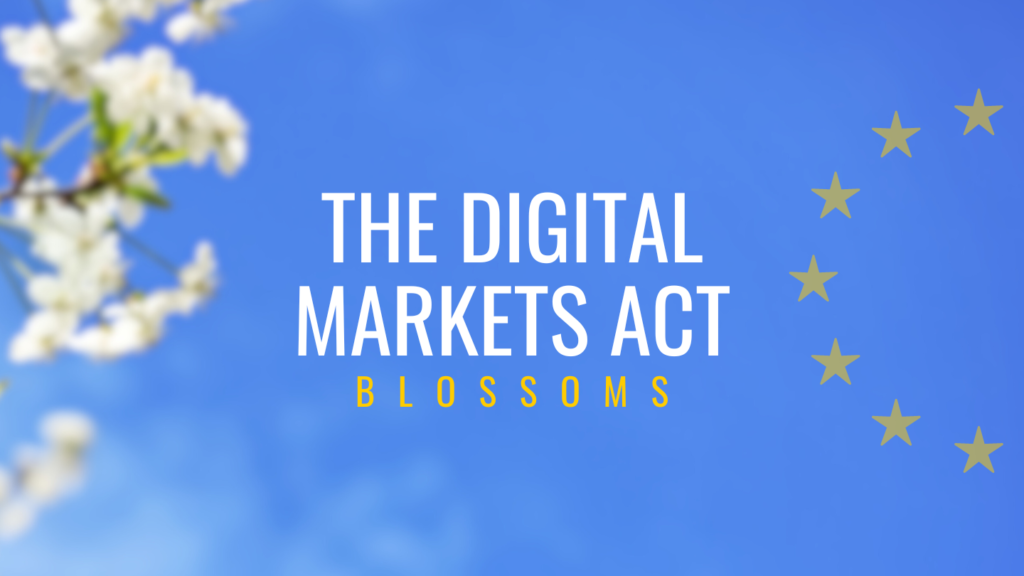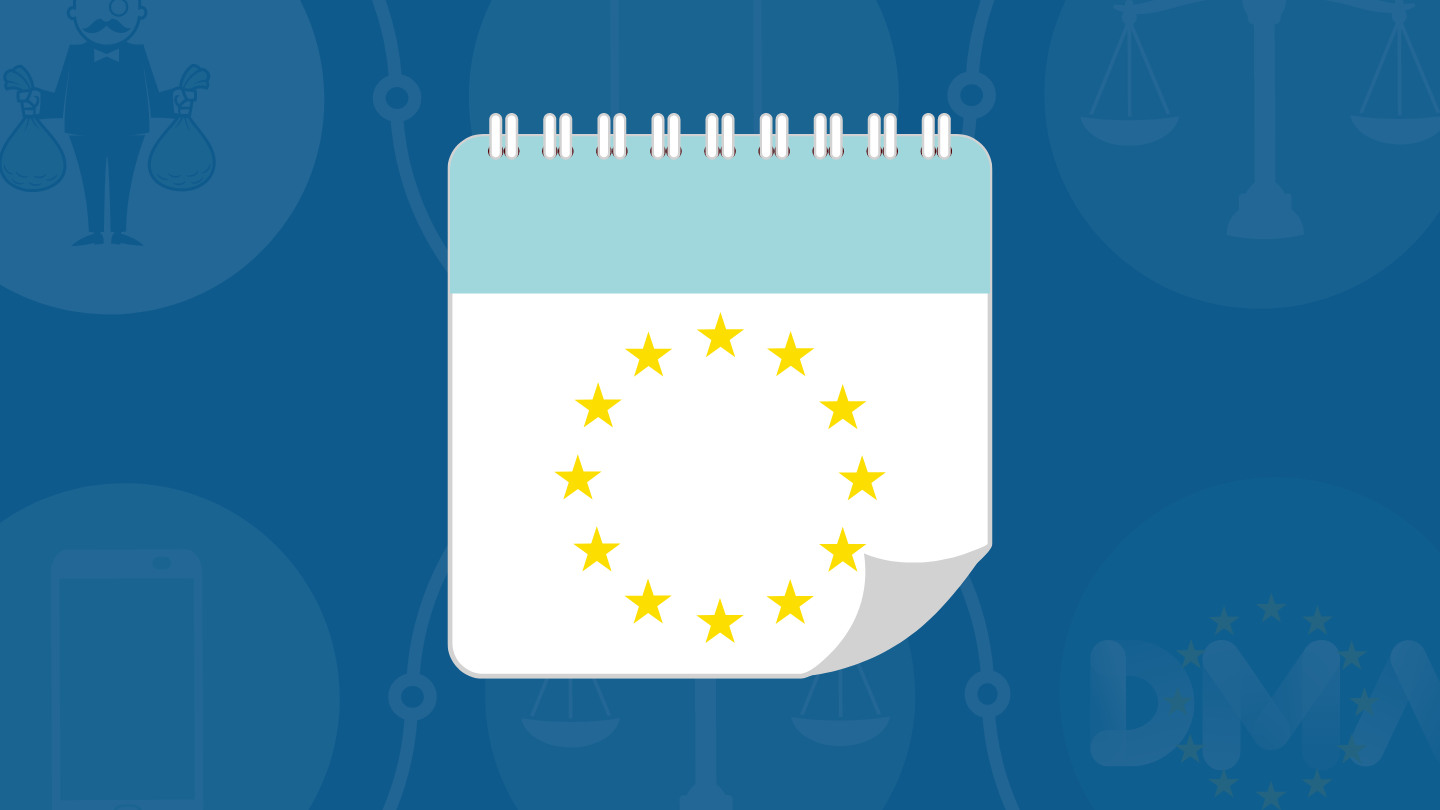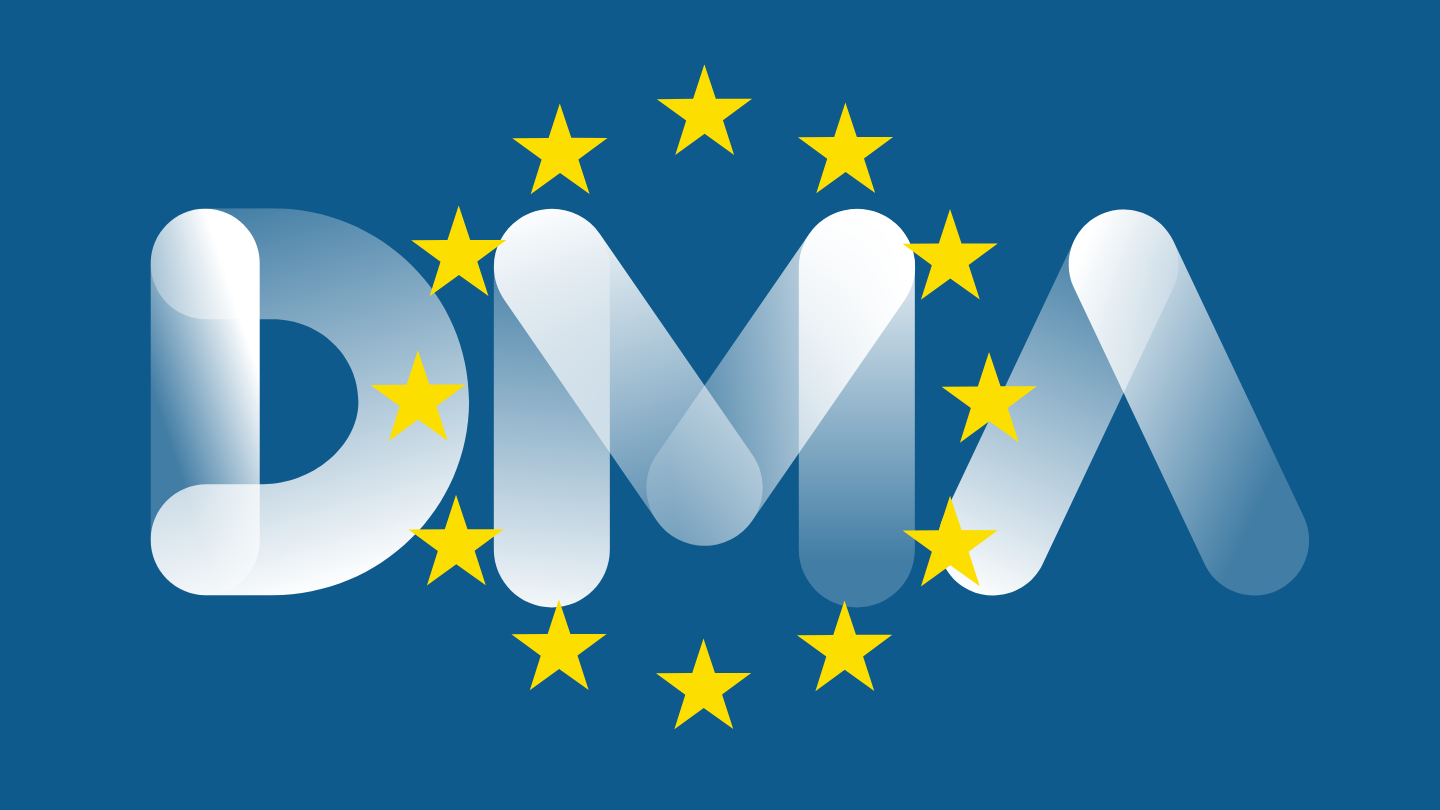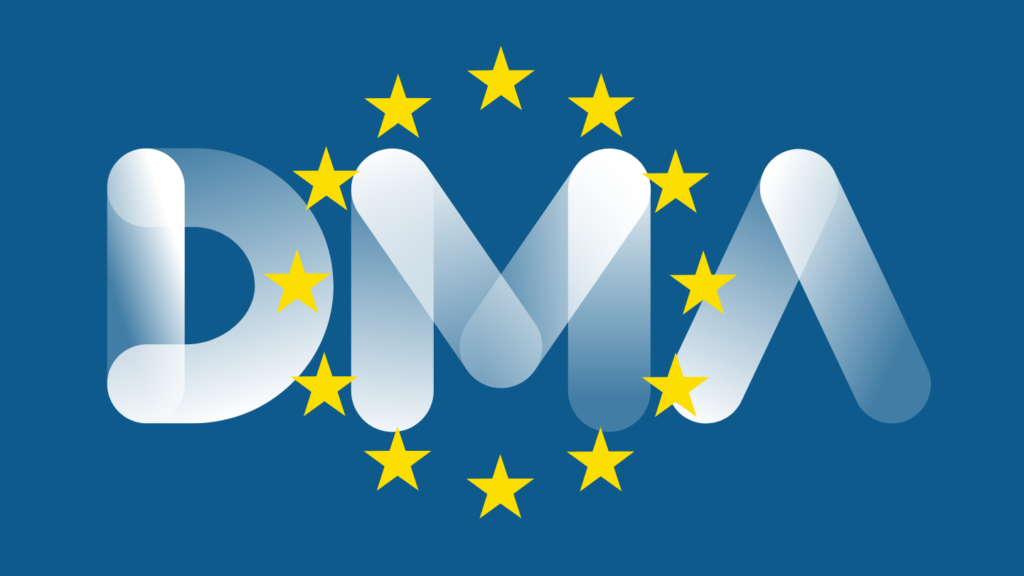AVOW and KYLN - A Vision Realized: From App Distribution to User Acquisition
A message from Robert Wildner, CEO of AVOW
Today marks a pivotal moment in our journey, a new chapter with exciting possibilities that fills me with immense enthusiasm and gratitude. It is with great pleasure that AVOW is teaming up with the previous GameBake founders to form KYLN, a premium multi-channel distribution platform, propelling us further into the realm of innovation and empowerment in the mobile app distribution sphere.
This collaboration between AVOW and KYLN represents more than just a partnership; it signifies a commitment to revolutionizing mobile marketing strategies and empowering developers worldwide. By joining forces, our offering is the only one globally that provides app developers with both publishing and user acquisition services from a single source. This unique combination sets us apart significantly in the mobile industry. With that we are shining a light on the future of app distribution, expanding our reach beyond traditional mobile marketing channels to embrace the vast potential of mobile OEMs and alternative app stores.
What truly sets KLYN apart are the unique selling points of the platform, which redefine the landscape of app distribution:
- Integration Free: Streamlining the app experience by eliminating the need for SDK integrations.
- Private Source Code: Safeguarding the confidentiality of source code, ensuring trust and security for our partners.
- Transparency and Choice: Providing partners with complete control over their deployment strategies and offering visibility across multiple stores through a comprehensive dashboard.
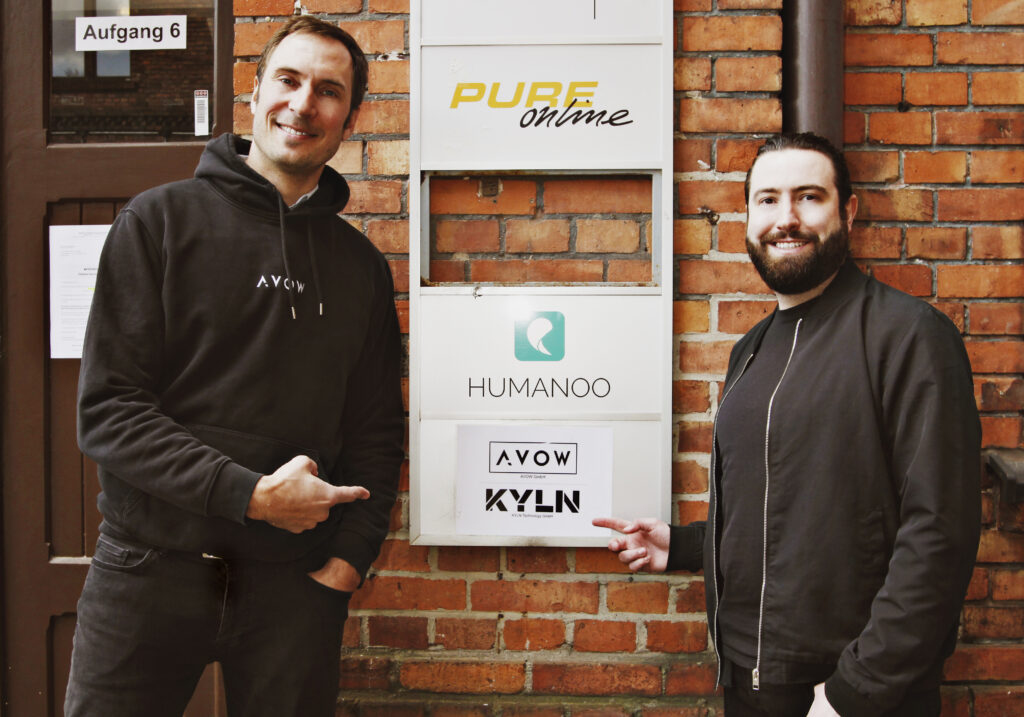
With KYLN on board, we are not only enhancing our current offerings but also venturing into technology that empowers both our existing and future clients. AVOW and KYLN are paving the way for developers to scale globally, reach new audiences, and achieve their business goals.
I am thrilled to welcome the talented KYLN team to the AVOW family. Their innovative solutions and expertise will undoubtedly propel us to new heights, reinforcing our commitment to excellence and driving industry-wide change.
As we embark on this new chapter, I extend my deepest gratitude to our partners, clients, and supporters who have placed their trust in us. Your belief in our mission fuels our passion and inspires us to push the boundaries of what's possible.
To the entire team, thank you for your dedication, hard work, and unwavering commitment to our vision. Together, we will continue to shape the future of mobile OEM advertising and empower developers around the globe.
Robert Wildner, AVOW CEO and Co-founder

Related links
Spring Is in the Air, and the Digital Markets Act Blossoms
By Robert Wildner, Co-Founder & CEO at AVOW
“There is nothing permanent except change,” observed the ancient Greek philosopher Heraclitus—too true. Yet for the past few years the tech industry has frozen under the influence of a handful of figures. In the app economy, Apple and Google have effectively been running closed shops, charging developers high fees, limiting consumer choice, and ostracizing companies that disagreed with their terms.
This year in Europe things changed. Two months ago, the European Union introduced the Digital Markets Act (DMA). Calling time on Apple and Google’s grip of the market, the policy means that alternative app stores are now available on Android and iOS, and that people purchasing new smartphones get to choose which apps are already installed on their device. So how are things going? Pretty good. Consumers are using their new freedoms and the EU seems determined to make things work. Is everything perfect? Of course not. So with spring in the air, let’s examine the regulation’s progress in April.
DMA in Action: EU-Friendly Updates and Small Browsers Boom
One obvious indication of the Digital Market Act's success has been its uptake in app updates. With the public beta release of iOS 17.5, iPhone users will be able to access alternative app stores. And with the latest WhatsApp update launch, those sending messages on the platforms will be able to avail themselves of “interoperability” with other third party messaging services like Sunbird, an app that allows Android users to connect to iMessage. Almost overnight, a world of new possibilities is opening up.
But it doesn’t stop there. As I noted in my March update, following the EU’s decision to allow new smartphone users to choose which apps come preloaded on their device, the browser Opera reported a 168 percent increase in iOS downloads. Well, the uptick for small browsers is continuing. As Reuters noted, the Cyprus-based browser Aloha enjoyed a 250 percent surge on both Android and iOS in the same period, while Ecosia, Brave, and DuckDuckGo also reported undisclosed growth in this area. And all this despite the iPhone’s new browser-choice screen, which is apparently so difficult to navigate that the EU is investigating it.
What's more, Apple is now allowing third-party games emulators on iOS too. So while these might sound like small victories, the broader picture is clear. The DMA is working—and consumers are seizing the opportunities it brings.
DMA Noncompliance - the Saga Continues…
Of course, life isn’t a bed of roses. The EU knows this too, so while the bloc recently announced that it intends to apply the DMA’s rules to the iPad as well, there are still other issues.
Take, for instance, the standoff between Apple and Spotify. After the Digital Markets Act became law in March it seemed as if the music streaming giant could finally promote its subscription options on iPhones. Alas, things have not worked out. As per TechCrunch, the two are still clashing. While Apple has agreed to allow Spotify to use a specific link to its paid-for services in-app, it’s imposed a 27 percent fee for doing so. Unsurprisingly, Spotify didn’t include this link in its late-April update, so Apple rejected it. And all this after the EU already fined Apple 1.84 million EUR for stifling competition from rival music streaming services.
With the saga of Epic and Google still painfully fresh, the gaming industry is understandably anxious. “Only if properly enforced will the DMA lead to pro-competitive changes,” remarked the European Games Developer Federation recently. “[T]here is more to do,” concurred Czech MEP and European Parliament Vvice-Ppresident Dita Charanzová at Renew Europe’s recent Digital Day. To be sure, if the EU is serious as it seems to be about compliance then it is going to have to stand firm, not only to protect consumer freedom but to preserve the DMA’s standing too.
Digital Markets Act: Across the Pond… And Back Again
While I referred earlier to “broader pictures,” it’s easy to forget that the DMA is causing ripples outside of the EU as well. Just look at the UK and Japan, which are moving ahead with their own DMA-esque policies. At the same time, this butterfly effect is also fuelling skepticism.
Case in point is the reaction to the US Senate’s approval for legislation forcing TikTok owner ByteDance to either sell its flagship app or face a ban, which was launched in tandem with the EU announcing that it is considering making Byte Dance a DMA-gatekeeper. For Mark Jamison of the American Enterprise Institute, this transatlantic double whammy is having the perverse effect of stifling “competition and innovation.” Contending that the Digital Markets Act will effectively lead iOS to become more like Android, he argues that the EU law is predicated on “the myth” that “innovation is the exclusive domain of small entities, while large firms are cast as the antagonists of progress.”
Although I overall disagree, I can’t help but applaud Mark. As I’ve argued before, big companies like Apple and Google aren’t the enemy per se. On the contrary, ideally, you’d have even more tech brands achieving this scale. But as the EU and other countries are now recognizing, certain companies are preventing this by blocking their rivals. Moreover, as for iOS turning into Android—give me a break. A few more apps and some links to paid services aren’t going to fundamentally transform this impressive operating system.
And that’s a wrap for this month. I’ll be back in June with another roundup. But before I go, I thought I’d add one more story emphasizing the DMA’s global appeal. As covered in Dextero, non-EU iPhone users are so desperate to use third-party apps without sideloading that they’re “spoofing” their phones to make them believe they’re in Europe. And they say necessity is the mother of invention… Until next time!
If you’re interested in how these changes might affect your mobile app growth strategy, then book a free consultation with AVOW’s experts today! We can help you navigate the new regulations with mobile OEM advertising and ensure your app reaches the right audience.
Check out the previous articles in Robert Wildner's and AVOW's Digital Markets Act series:
From Control to Choice: The Digital Markets Act (DMA) and the Story So Far
Timeline of the Digital Markets Act (DMA): A Path Towards Tech Freedom and Consumer Choice
The Digital Markets Act: What a Difference a Month Makes
Article by AVOW CEO & Co-Founder Robert Wildner
It’s been just over a month since the European Union’s (EU) landmark Digital Markets Act (DMA) launched. As of March 6, this pivotal moment forced Google and Apple to allow their customers to download alternative app stores onto Android and iOS. What’s more, they’re now obligated to give users the decision over which apps come preloaded on their new smartphones too. So how have things gone in the last few weeks?
As the founder of an app growth company whose specialism is mobile OEM advertising, I’ve naturally kept an eye on the subject. While I admire these big industry leaders, I’ve long thought their dominance is a monopoly—and now the EU agrees. What I’ve subsequently seen in the last month has been promising, if not uncomplicatedly so. On the other hand, I’ve also read a range of perspectives that have challenged me too. With that in mind, let’s take a look at how the DMA is going one month in.
No Comply: Are Google and Apple trying to undermine the EU?
As The Verge reports, the European Commission (EC) is already investigating Apple and Google for DMA noncompliance.
In total, the EC will conduct five inquiries examining, among other things: the implementation of anti steering rules in the two tech giant’s app stores; Google’s ability to self-preference its services via its search engine, and the efficacy of Apple’s browser choice screen. It will also look at the iPhone manufacturer’s new developer terms, which, as TechCrunch reports, include requirements for developers to pay 50 cents (EUR) per fresh installation after 1 million such downloads—not to mention commision rates.
Some, like Spotify CEO Daniel Ek, might argue that it’s not an ideal start for the EU legislation. But doesn’t it in fact show that the EC is taking things seriously? Even the DMA’s critics, such as Lazar Radic from Portland’s International Center for Law and Economics acknowledge that the law isn’t “self-executing.” So let’s not forget that the DMA is unprecedented. Like any new legislation, of course there are going to be teething problems in its execution. But we’ll only discover what they might be by testing it.
Spotify, Fortnite, and Opera bask in the DMA’s Glory
As spring arrives, so do the first fruits of the DMA. And as per the Verge, Spotify is planning on taking advantage of the new legislation, which allows it to advertise its full range of subscriptions using links to its own website within Apple’s App Store itself. Previously this hadn’t been possible, as Apple had both limited subscription offers for services rivaling its Music streaming platform, as well as blocked out-of-app links. Although Spotify has so far only submitted an application to do so with the App Store, it’s a promising step.
What’s more, two days before the DMA launched, a 5-year antitrust investigation by the EC, which was sparked by a complaint by Spotify on this very issue, concluded by fining Apple 1.8 billion Euros. Who says nothing ever changes?
Elsewhere, there’s been more good news. Following the DMA’s launch, Apple has relented in its battle with Fortnite developer Epic, paving the way for the return of the long-running, multimode online videogame to the App Store. Moreover, the DMA’s rules allowing users to choose which essential apps they’d like to use when booting up new smartphones have already been game-changing. Only two weeks after the DMA came into force, the mobile web browser Opera, originally founded in Norway, has reported a 168 percent increase in iOS downloads. And in France alone, iOS installations of the browser increased 402 percent, while Android downloads boomed by 54 percent.
As such, while there might still be a few grey clouds on the horizon, the future for the DMA is looking bright.
Go West: DMA-style legislation heads to the USA
Over the pond, similar changes are afoot. Last month, the Department of Justice filed an antitrust suit against Apple for restricting access to its software and hardware, thereby preventing competition. As a result, the possibility of DMA-style legislation has become a hot topic among commentators, especially naysayers.
On the one hand, some people, such as Yahoo Finance’s Grace Kay, are anxious that DMA-style legislation in America could mean that iPhone users enjoy less privacy, more spyware, and a less enjoyable user-experience. By allowing more options on the App Store, she reasons, the gates could open to a greater number of bug-ridden apps. On the other hand, Kati Suominen from the Center for Strategic and International Studies argues that the DMA disproportionately targets US companies, and that the supposed additional cost it entails will be passed onto consumers.
While both compellingly written, I must take issue with aspects of these articles. Firstly, the likelihood of Apple making an inferior and less secure product just because the company must now allow fair competition seems like scaremongering. Indeed, while there will hopefully soon be a greater number of apps available on the App Store, the idea that Apple will allow harmful services into its ecosystem seems far-fetched too. Secondly, and contrary to Suominen’s otherwise skilfully composed argument, the logic that giving consumers more choice will mean that the services apps provide will become more expensive seems similarly flawed. More competition for the same audience will inevitably mean more competitive pricing—not less. Indeed, for that matter, there’s also a good reason why the EU has targeted Apple and Google, and it has nothing to do with their postcodes.
So that’s it for the DMA’s first month in action. AVOW will continue to keep an eye on the topic, so stay tuned.
If you're interested in how these changes might affect your mobile app growth strategy, then book a free consultation with AVOW's experts today! We can help you navigate the new regulations with mobile OEM advertising and ensure your app reaches the right audience.
From Control to Choice: The Digital Markets Act (DMA) and the Story So Far
As the clock is ticking in Europe for tech’s biggest players to loosen their grip on the industry, AVOW CEO Robert Wildner reflects on the historical precedents of monopolies that have led to the European Union's enactment of the landmark Digital Markets Act (DMA).
“Are you getting it yet?” Steve Jobs’s words at the iPhone’s 2007 unveiling have gone down in history, but their real significance is still overlooked. When smartphones arrived in the late-2000s, they were intended to liberate consumers, combining cell phones with the power of PCs. Two decades later, they’ve transformed society, yet their potential has been stymied. The culprits here are, ironically, the companies that sparked this revolution. Between them, Apple and Google’s app stores have dominated the market, charging developers high fees, preventing the availability of alternative app stores, and reducing consumer choice. Are you getting it yet?
The European Union (EU) has. In September 2023, its landmark Digital Markets Act (DMA) called time on this situation. Attempting to break up tech’s big players’ monopoly, it said that by March 2024, Apple and Google will be obligated to allow users to download alternative app stores on iOS and Android. What’s more, they’ll also have to allow consumers to choose the default apps on new smartphones. At last, people might start to get it.
When we founded AVOW in 2018—a company dedicated to supporting mobile brands outside the mainstream with smart, sophisticated marketing—we did so because of our belief that mobile OEMs and alternative app stores are the future as they offer people choice. And as a result of the EU’s decision, that future now looks brighter than ever. But how did we get here? As a new era in smartphones and apps begins, let’s examine the history.
Monopolies: Bringing It All Back Home, Again
Monopolies are nothing new. As modern commerce began to expand in the 18th century, people such as the English economist Adam Smith were already railing against them. “The freer and more general the competition” of commercial entities, Smith inveighed in The Wealth of Nations (1786), the more societies are able to avail themselves of the “advantageous” perks of competitive trade.
In the 19th century, governments began clamping down. In the UK, the 1846 Corn Laws tackled agricultural monopolies, while the US’s 1890 Sherman Antitrust Act had a much broader remit. Since it was passed, it has been used to challenge illiberal commercial practices by, among others, Standard Oil, American Tobacco, and, as recently as 1982, the American Telephone & Telegraph Company (now the AT&T Corporation). That year, the legislation was also used against IBM by the Department of Justice. Although the case was dropped, the scrutiny of this 13-year investigation had a lasting effect on its business.
Prior to the DMA, the situation in the tech world resembled the one Smith decried. Since the first smartphones and app stores flooded the market after 2008, a small number of companies have assumed control of the business. In the US, Apple commands 61% of the smartphone market, while globally, Android accounts for 72% of all operating systems (and the rest are nearly all iOS). Simply put, that’s a lot of people that can’t easily access a plethora of useful and fun apps available on the burgeoning alternative app store ecosystem—until now.
Europe Strikes Back (And So Does Business)
Prior to the EU’s landmark legislation, challenges to these unfair commercial advantages were already afoot. In July 2018 and March 2019, the EU Commission (EC) fined Google €4.34 billion and €1.49 billion respectively for breaching anti-monopoly rules. Subsequently in July 2020, the EC ordered a public consultation on what would become the DMA, examining “issues that may require intervention at the EU level.” By Christmas, it was part of EU digital strategy.
At the same time, rumblings across the pond were laying bare the extent of dissatisfaction in tech itself over this status quo. In August 2020, the video game studio Epic sued Apple and Google using Sherman antitrust legislation. Earlier that month, the mobile giants pulled Epic’s hugely popular Fortnite title from their app stores after the developer updated it with a direct payment option—another element these two trillion dollar companies tightly control. Last December, Epic won its case against Google, and although it lost its suit with Apple, the court ruled that Epic is allowed to promote its own payment options.
Whether directly or indirectly related, all of this is part of the DMA’s background. After being adopted as an EU strategy, the legislation was officially proposed by the EC in July 2021, and became law on November 1st, 2022. Last September, the EU subsequently placed Alphabet (aka Google), Amazon, Apple, ByteDance, Meta, and Microsoft under special scrutiny to enable users the freedom to choose what services and software they wish to use. If by this March these companies haven’t met the expectations of the DMA, they could face proceedings.
“More choice for consumers, fewer obstacles for smaller competitors: the DMA will open the gates to the Internet,” announced EU commissioner Thierry Breton. “It was high time that Europe set the rules of the game upfront to ensure digital markets are fair and open.”
The World Won’t Wait
Unsurprisingly, other countries are following suit. In 2021, South Korea passed legislation limiting Apple and Google’s control over app-store payments, and the following year, India's Parliamentary Standing Committee on Commerce proposed DMA-style regulations. Elsewhere, the UK government has tabled a “pro-competition” Digital Markets Bill, and in the United States, the US Senate is set to consider the American Innovation and Choice Online Act, both of which are comparable to the DMA. At the same, the iPhone manufacturer’s troubles continue to mount.
Following an investigation into its app store practices by the EC that began in 2021, Apple conceded this January to give its rivals in Europe access to its contactless payment system. Moreover, at the same time as Apple announced that it would divide its app store in two in order to conform with the Digital Markets Act, the US Justice Department recently announced that it was in the final stages of another investigation against the company that could lead to an antitrust case.
The takeaway from this, however, isn’t that successful companies are bad. On the contrary, as Thierry Breton highlighted, it’s about consumer choice and allowing competition so that there can be more successful companies—not fewer. The world needs big brands. But it also needs smaller companies to achieve scale so that industry and technology can progress. Previously, this just wasn’t possible. But with the DMA’s support, hopefully this will now be the direction of travel elsewhere too. After all, if the EU can get it, why not the world?
AVOW: Leading the Charge in Mobile OEM Advertising in the DMA Era
As we embrace the transformative journey spurred by the Digital Markets Act, AVOW stands at the forefront, ready to navigate you through the evolving digital marketplace through mobile OEM advertising. Partner with AVOW to unleash the full potential of your mobile brand in this new era of openness and opportunity.

